7. 8 ½ (Fellini, 1963)

This might have been the most ridiculous example of the Legion banning a film. This is considered one of the greatest movies ever – a self-reflexive piece by Fellini touching on a million different aspects of life and art. Its title derives from the 8 and ½ films that Fellini had made up until that time.
In this film the director of a sci-fi film representing Fellini and played by Marcello Mastroianni reaches a point where he begins to question his motives for creating films and his overall goals in life. If you get a chance, by the way, you might also want to see Fellini’s short film Toby Dammit, where an actor becomes disillusioned with film and theater and just goes through the drunken motions trying to figure a way out.
This would be the actor’s version of 8 ½, I am guessing, where Terence Stamp plays Toby Dammit, an actor starring in a spaghetti western financed by the Vatican in which Jesus is a gun slinger.
The Legion’s rationale: The film depicts a woman who is having an adulterous affair. The entire film was banned for that one reason apparently. From this film alone we can infer that the perfect Legion film would involve the perfect family doing perfect things with no outside immoral forces to deal with.
8. Blowup (Antonioni, 1966)
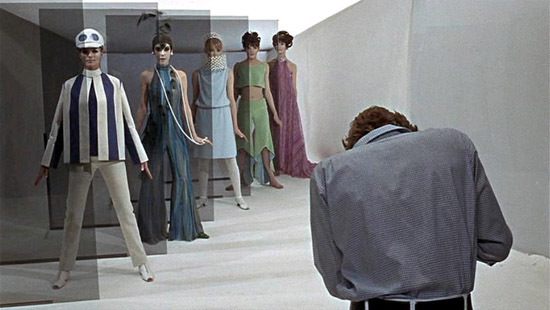
Nope, I’m not joking, Blowup got banned by this Legion. Apparently the inclusion of a few nude scenes in 1966 was enough. This was also in violation of the Motion Picture Association of America Production Code and the film was released without an MPAA seal. There could have been other moral problems with the film, however.
Thomas (David Hemmings) captures the aftermath of a murder on film and never reports it. He becomes engrossed in the process of trying to gain a clear image of the corpse instead of taking immediate action to redress a crime. By the time he begins to realize he should do something, the corpse is gone. But the Legion was upset about the nudity.
The Legion’s rationale: The Legion seemed to feel that any nudity was a gratuitous attack on a viewer’s morals instead of a form of artistic expression.
9. The Wicker Man (Hardy, 1973)
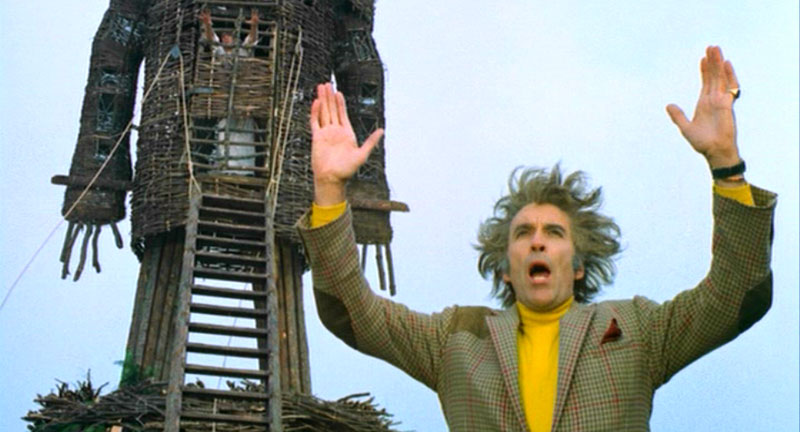
In the history of the Church, the fiercest battle was against magic and the magical practices of the countryside. This is why the Pope once attacked the Harry Potter novels – the Church really hates the concept of ‘magic’. Christianity is, very much, an urban-based religion that promotes and reinforces the ethical and social values of city folks.
Paul and the first Christian missionaries avoided the countryside and only focused on the cities because the grasp of magic was so strong outside of cities. So a remote, rural English village on an island ‘regresses’ back to the old religion. A righteous, Christian city cop goes to investigate claims of child abuse there only to find he is the next ‘virgin’ to be sacrificed for a good crop harvest next year.
The Legion’s rationale: Well, the cop acts like a simple-minded, uptight buffoon while the pagans are really cool and seem to have a nice little set-up going on their island. Everyone is happy there with the way things used to be before the urban-based modern religion took hold. Even if the cop might have been Church of England, the Legion couldn’t have pagans killing Christians in our films. Another slippery slope here.
What if we all went back to the old ways and lived in harmony with nature and established a happy, wholesome society where nobody went hungry and community trumped individuality instead of the wonderfully competitive, earth-destroying, consumer-based utopia that we now possess? Ban it!
10. The Good, the Bad and the Ugly (Leone, 1967)
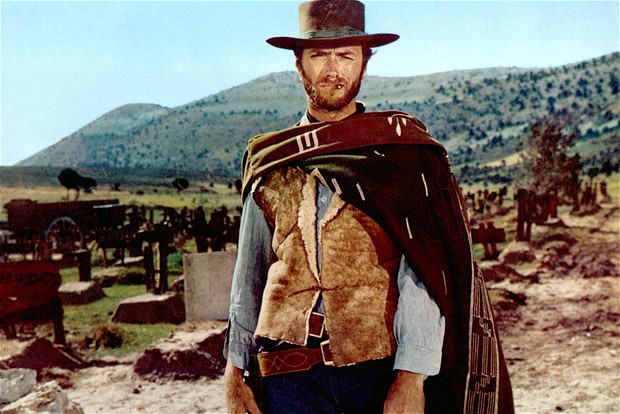
It’s true that it’s hard to find a more pessimistic film. Blondie and Tuco form a partnership based on mutual exploitation. Blondie hands Tuco over to a sequence of town authorities for a legion of crimes, gets a reward, shoots the rope as Tuco is about to be hanged, helps him escape and they split the money.
There is nary a scene of the milk of human kindness in the entire film. The film is an epic thought experiment along Hobbesian lines. Altruism does not exist and what seems to exist instead makes one wonder whether that type of life is even worth living. This film is Schopenhauer writ large.
The Legion’s rationale: This film is so nihilistic, and so nihilistic in a cool and funny way, that the Legion probably believed that it impugned all real human values as fraudulent and potentially would encourage a type of self-centered, callous approach to life and others. But, again, nobody is as self-centered as the characters in this film – it’s another thought experiment pointing to one aspect of human nature that needs to be examined and this was misunderstood by the Legion.
11. M (Lang, 1931)
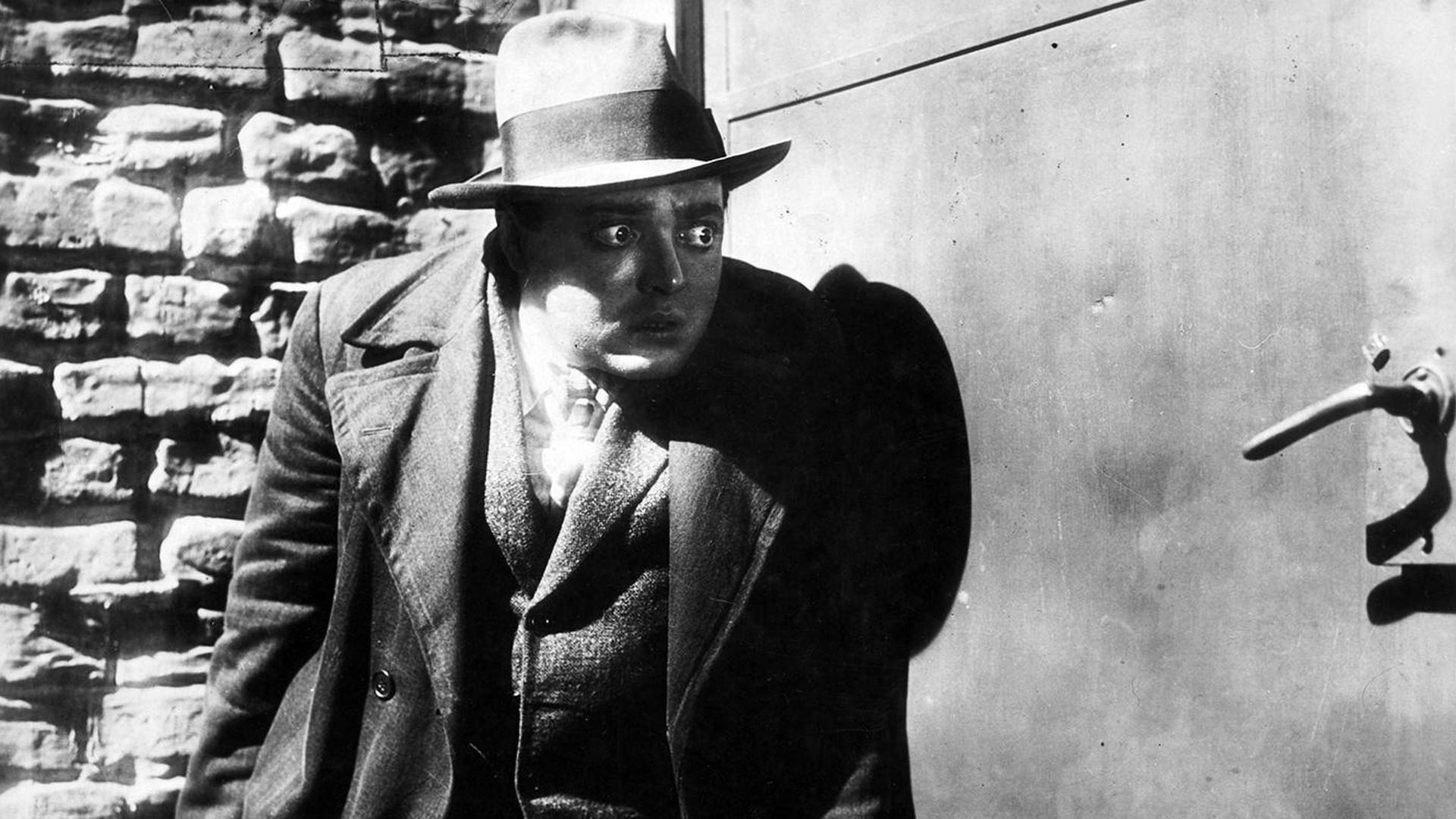
I’m scratching my head over this one. This has to be one of the greatest films of all time. It was a Thea von Harbou / Fritz Lang collaboration. Someone whose German is better than mine should put together a list of von Harbou’s best screenplays because she is an unappreciated genius in the history of cinema.
Also the writer of Metropolis, she wrote screenplays for two of the greatest films of all time. In this film a serial child murderer terrorizes a city to the point where the police become ubiquitous thus harming the profits of the major organized crime syndicate – so they utilize their resources to catch the murderer so that the police may go back to their slovenly ways and ‘civilized’ crime may continue to thrive unopposed.
The criminals then put the murderer on trial among themselves (why did the Illinois State Legislature trying Rod Blagojevich remind me of this scene?) making a potent indictment of the criminal justice system itself. Like Tolstoy in the novel Resurrection, the film implies that we are all sinners and criminals – so what moral right do we have to judge others? If we have no moral right to judge, what is the basis of our justice, in reality?
The Legion’s rationale: I’m still scratching my head. Jesus basically said we are all sinners with no right to judge each other. Would Jesus have been banned too? Did these folks ever read the Bible? I am guessing that the child murderer may have been presented in too ‘human’ a fashion. I just don’t know on this one, you are welcome to leave your own guesses.
12. Breathless (Godard, 1960)
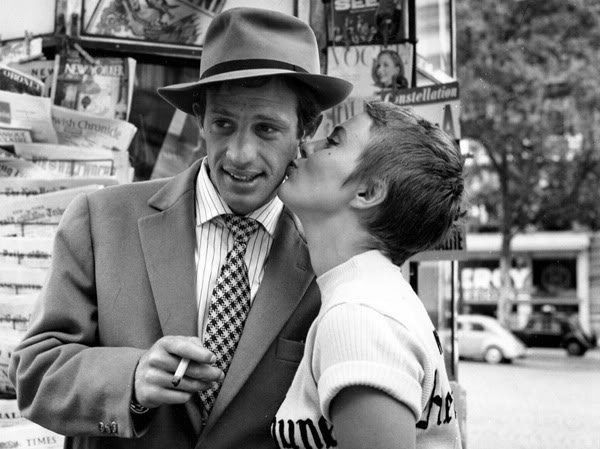
So the irony here is that Michel (Jean-Paul Belmondo) models himself after Humphrey Bogart. So he is playing the type of person the Legion has feared all along – the young man influenced by film to become an outlaw or criminal. In the film he casually and gratuitously kills a police officer and takes up with Patricia (Jean Seberg) on his way to escape the law in Italy. The film became famous as much for its technique as anything, being shot with hand-held cameras with no artificial lighting.
The Legion’s rationale: To the Legion this film must have proved their case. Here’s a character who is a criminal because he likes equating himself to tough, individualistic movie characters.
13. Rosemary’s Baby (Polanski, 1968)
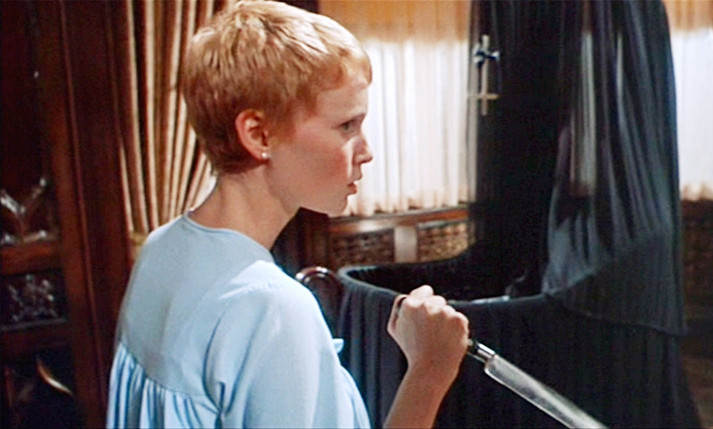
The Legion seemed to feel that this film mocked the story of the Annunciation and Birth of Jesus to Mary. Also, there’s that scene where some characters are watching news about the Pope’s upcoming visit at Yankee Stadium…”Roman: No Pope ever visits a city where the newspapers are on strike. Minnie: I heard he’s gonna postpone and wait til it’s over. Guy: Well, that’s show-biz. Roman: That’s exactly what it is.
All the costumes or rituals, all religions.” Yeah, that’ll get you banned by the Legion. But the film seems to be about the dark undercurrent that runs under our ostensibly transparent and sunny social order.
The Legion’s rationale: The film seemed a parody of Christ’s birth and some characters referred to the Pope as a hypocrite.